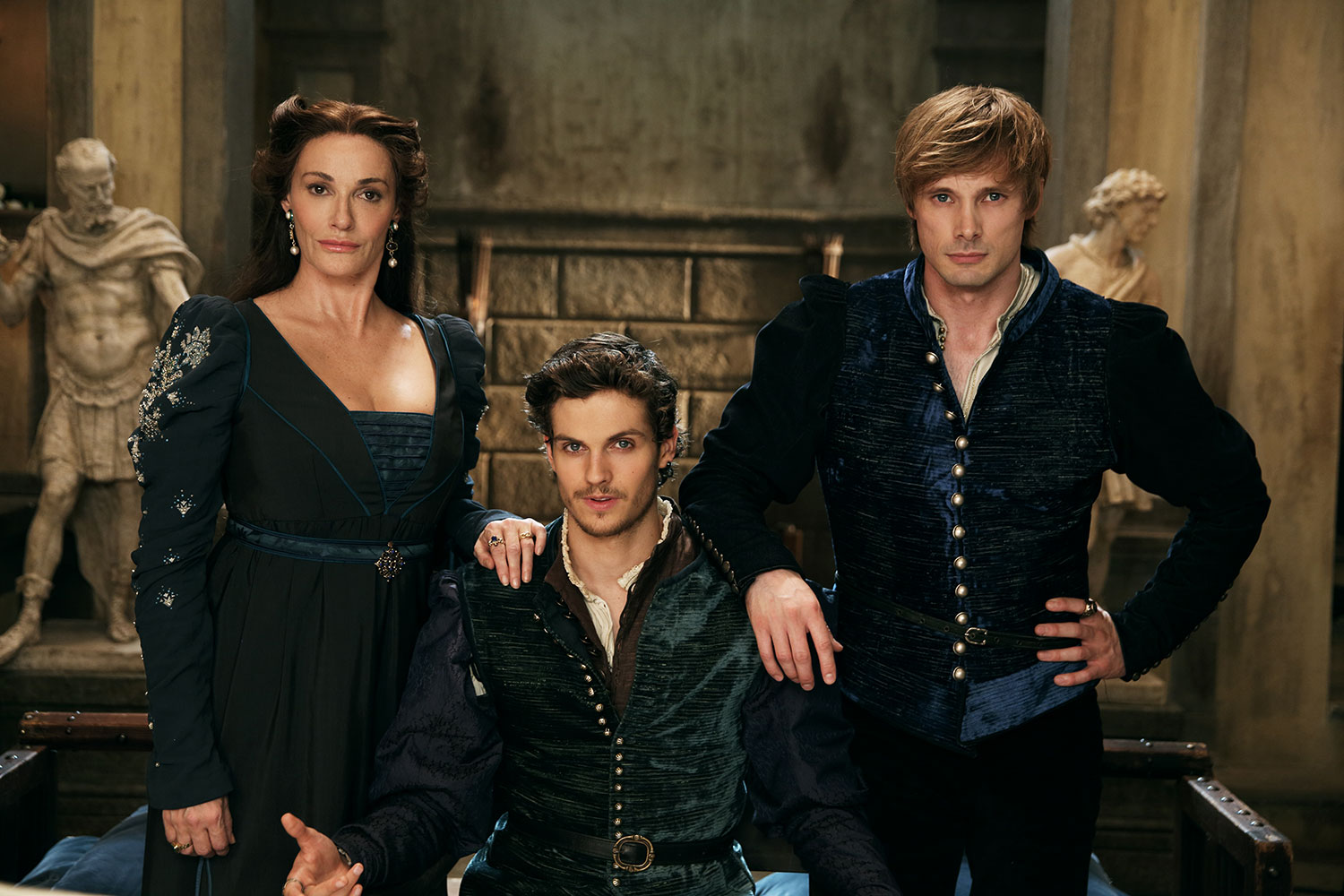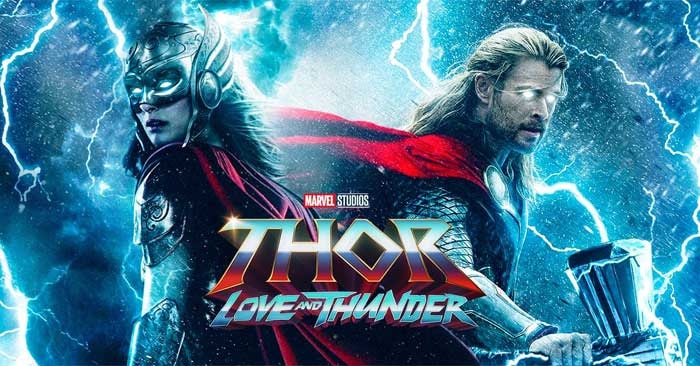“Medici” (2016) – Power, Politics, and Art in Renaissance Florence
Medici, also known as Medici: Masters of Florence, is a historical drama television series that premiered in 2016. Created by Frank Spotnitz (The Man in the High Castle) and Nicholas Meyer, the series is a richly dramatized retelling of the rise of the Medici family, one of the most powerful and influential dynasties in Renaissance Europe. Spanning three seasons, Medici blends historical fact with dramatic fiction, exploring the intricate web of politics, religion, art, and ambition that defined 15th-century Florence.
Season 1, titled Medici: Masters of Florence, centers around Cosimo de’ Medici, portrayed by Richard Madden (best known for his role as Robb Stark in Game of Thrones). Following the sudden death of his father, Giovanni de’ Medici (played by Dustin Hoffman), Cosimo inherits control of the powerful Medici Bank. While the family projects the image of respectable merchants, their wealth and influence make them the de facto rulers of Florence. As Cosimo tries to fulfill his father’s vision and secure his family’s legacy, he finds himself entangled in deadly rivalries, political conspiracies, and moral dilemmas.

The series explores not only the Medici’s role in banking and politics but also their pivotal support of the arts and architecture. Cosimo’s passion for beauty and innovation is reflected in his patronage of figures like Brunelleschi, who designs the magnificent dome of Florence’s cathedral. This theme—how art and power intersect—is central to the show’s narrative and visual style.
Season 2 and Season 3, collectively known as Medici: The Magnificent, shift the focus to Lorenzo de’ Medici, Cosimo’s grandson, played by Daniel Sharman. Nicknamed “Lorenzo the Magnificent,” he is portrayed as a charismatic leader, philosopher, and patron of the arts, navigating a fragile city torn by internal conflict and external enemies. These later seasons delve into Lorenzo's transformation from an idealistic young man into a cunning political operator, particularly after the traumatic Pazzi Conspiracy—a real historical assassination attempt that rocked Florence.

What sets Medici apart from other period dramas is its lush cinematography and attention to historical detail. The series was filmed almost entirely on location in Italy, including Florence, Rome, and Tuscany. The architecture, costumes, and art direction bring the Renaissance to life with authenticity and grandeur. The musical score by Paolo Buonvino adds a modern flair while complementing the show's intense emotional tone.
While Medici takes creative liberties with historical events—compressing timelines and dramatizing personal relationships—it remains grounded in real historical tensions: the struggle between church and state, the emergence of humanism, and the price of power. The show's political intrigue, betrayals, and personal dramas often draw comparisons to Game of Thrones, but with the added weight of true history.

In conclusion, Medici (2016) is a compelling historical saga that brings the Renaissance era to vivid life. With its strong performances, complex characters, and breathtaking settings, it offers both entertainment and insight into one of history’s most fascinating families. Whether you are a fan of political dramas, art history, or historical epics, Medici is a series well worth exploring.


